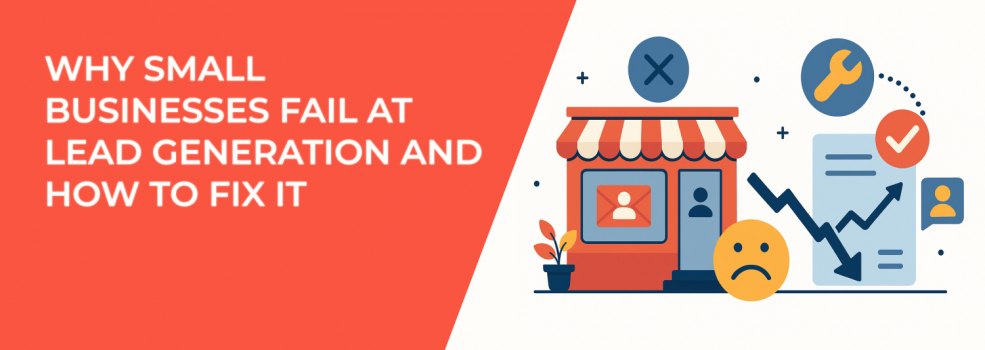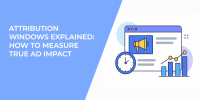Lead generation is essential for business growth. For small businesses, it can be the difference between thriving and simply surviving.
Yet many companies struggle to generate high-quality leads — or any leads at all. Despite investing in ads, social media, and email campaigns, the results often fall short.
Why does this happen? And what can you do to change it?
Let’s explore the most common reasons small businesses fail at lead generation — and more importantly, how to fix them.
1. Lack of a Clear Strategy
One of the most common issues is the absence of a defined lead generation plan. Many small businesses launch campaigns without clearly identifying their target audience, marketing channels, or messaging.
This “try everything and hope something works” approach often leads to scattered efforts and poor results.
How to fix it:
Start by answering a few essential questions:
-
Who is your ideal customer?
-
What problem are you solving for them?
-
Where do they spend time online?
-
What type of content or offer will grab their attention?
From there, build a basic funnel. Offer value (a discount, downloadable guide, or free trial), drive traffic to a focused landing page, and capture their contact information. Make sure each step is aligned with your audience’s needs.
For further guidance, read Mastering Lead Generation in 2025: Top Tactics for Success and How to Create a Lead Magnet Funnel with Facebook Ads.
2. Poor Targeting
Reaching the wrong audience is a surefire way to waste time and budget. Many businesses make assumptions about who they’re targeting — and often miss the mark.
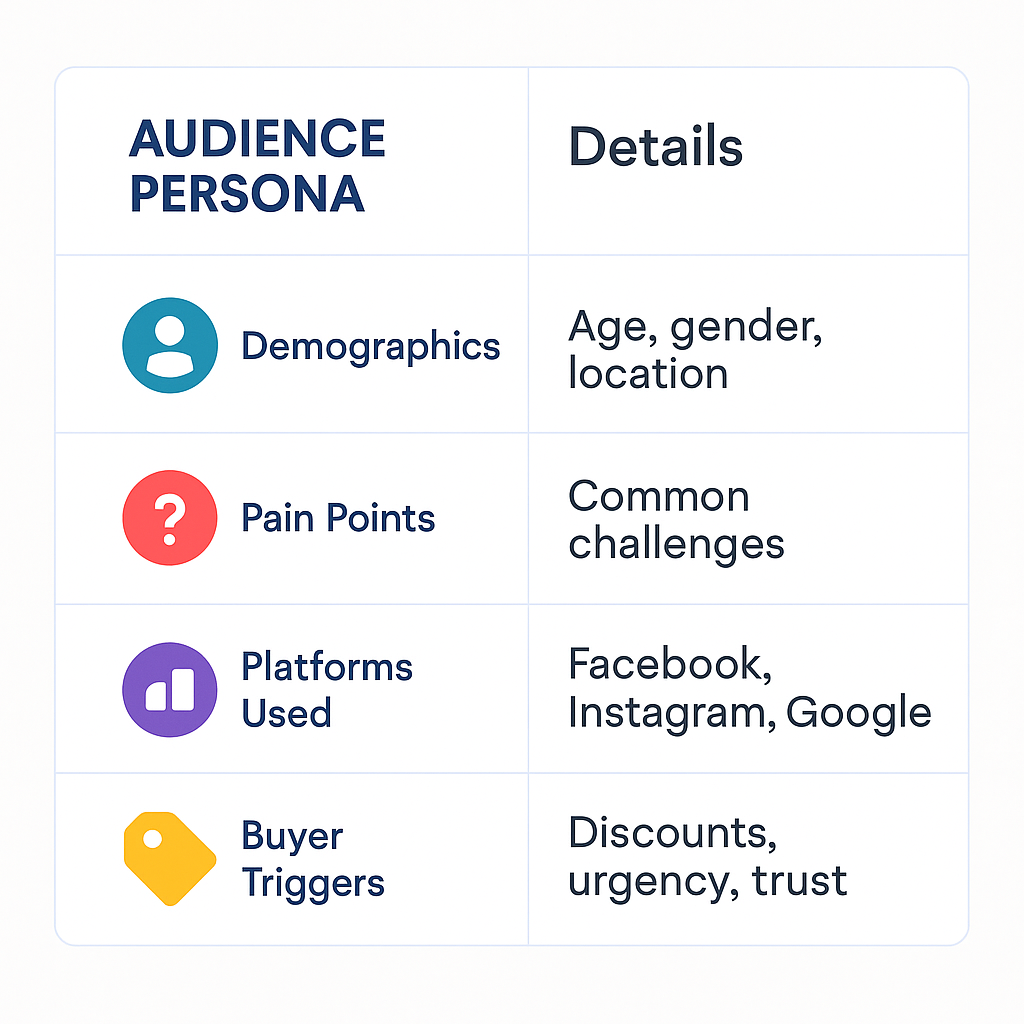
If your campaigns aren’t converting, it may be because your message isn’t aligned with the needs or interests of the people seeing it.
How to fix it:
Base your targeting on actual data, not guesses. Use insights from your customer database, Google Analytics, and social media platforms. Build detailed buyer personas that reflect your audience’s demographics, pain points, and behavior patterns.
Then tailor your content, offers, and ads to speak directly to them.
Need a step-by-step guide? Check out How to Define a Target Audience for Marketing and Facebook Ad Targeting 101: How to Reach the Right Audience.
3. Weak or Generic Offers
“Sign up for our newsletter” or “Get in touch” are not compelling lead magnets. If you’re asking people for their contact information, you need to offer something of real value in return.
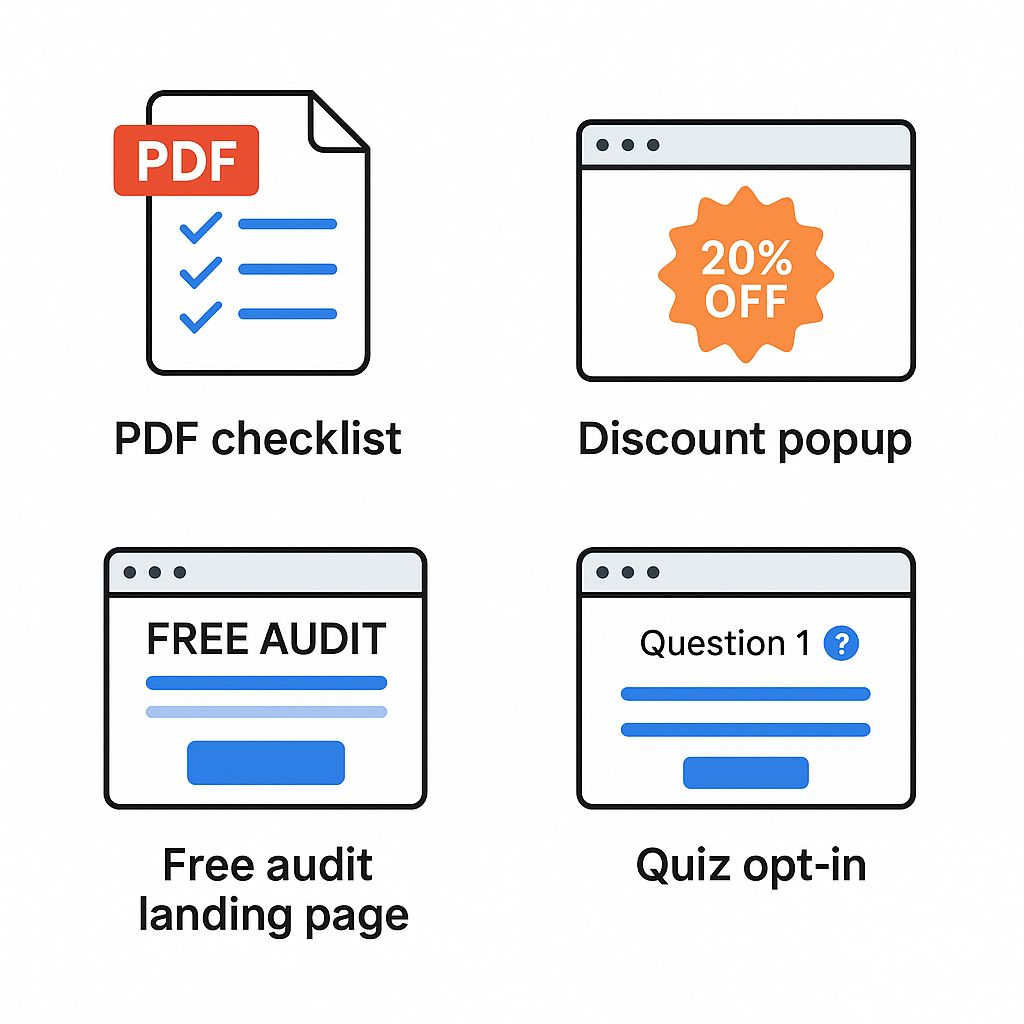
How to fix it:
Create specific, relevant offers that solve a real problem or provide immediate benefit. Examples include:
-
Downloadable checklists or guides;
-
Limited-time discounts;
-
Free assessments or audits;
-
Early access to new products.
Keep the offer simple and the value clear. And always make your call-to-action (CTA) prominent and persuasive.
Get inspired with more ideas in Lead Magnet Ideas That Work Best on Facebook and Instagram.
4. Underperforming Landing Pages
You’ve attracted attention. Now your landing page needs to do the heavy lifting — and many don’t.
Common problems include slow loading times, unclear messaging, and too many distractions. If users aren’t sure what they’re supposed to do next, they’ll leave.
How to fix it:
Design each landing page with one goal in mind. Remove unnecessary links or clutter. Use concise, benefit-focused copy. Add a single, well-placed CTA. And ensure the page works seamlessly on mobile devices — where a majority of your traffic likely comes from.
Test different layouts, headlines, and button placements to see what improves conversion rates.
If you’re seeing a "learning limited" or low delivery warning on your campaigns, you may find Why You See 'Ad Set May Get Zero' on Facebook and How to Fix It helpful.
5. Inconsistent or Delayed Follow-Up
Capturing a lead is just the beginning. Without a timely and consistent follow-up process, your leads will go cold — fast.
Unfortunately, many small businesses either follow up too late or not at all.
How to fix it:
Implement an automated follow-up system. A simple email sequence can keep leads engaged while moving them closer to a purchase decision.
Depending on your business model, consider:
-
A welcome email within minutes of sign-up;
-
Follow-up emails offering additional value;
-
Retargeting ads on social platforms or Google;
-
Phone calls or personalized outreach for high-value leads.
If your Facebook ads aren’t converting as expected, this article will help: Facebook Ads Not Converting: How to Fix It.
6. Focusing on the Wrong Metrics
It’s easy to fall into the trap of tracking vanity metrics — like impressions, likes, or page views — instead of focusing on what truly matters.
These numbers may look good, but they rarely translate to business growth.
How to fix it:
Measure performance based on metrics that impact your bottom line:
-
Cost per lead (CPL);
-
Lead-to-customer conversion rate;
-
Landing page conversion rate;
-
Customer lifetime value (CLTV).
Tracking the right KPIs helps you identify what’s working — and what needs to change.
You can go deeper into this topic by reading How to Analyze Facebook Ad Performance Beyond CTR and CPC.
7. Relying on Manual Processes
Many small business owners try to manage every aspect of lead generation manually — from ad campaigns to email outreach. But without automation, it’s nearly impossible to scale.
Manual workflows also lead to inconsistent follow-up and missed opportunities.
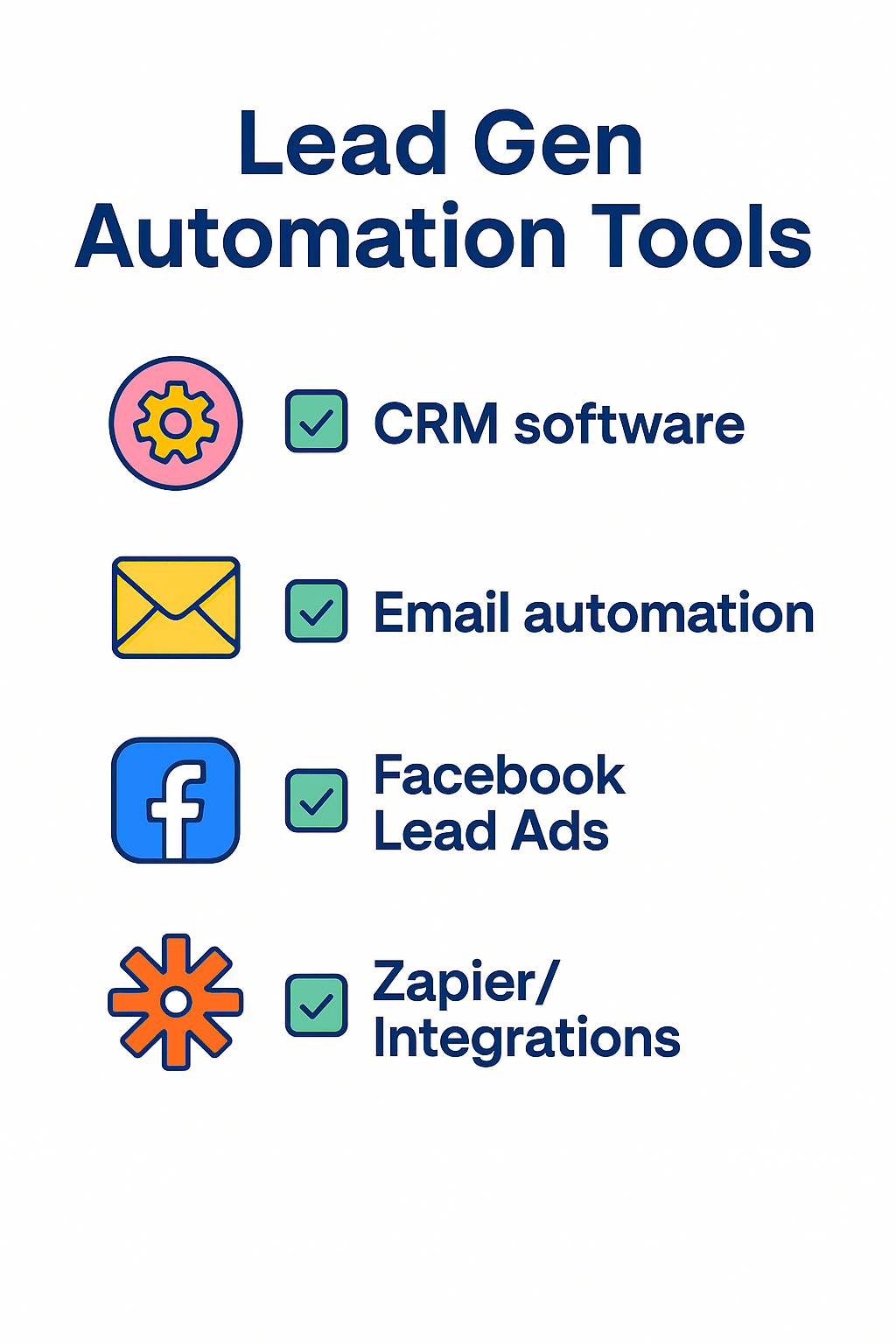
How to fix it:
Use tools that streamline your efforts. CRM platforms, email marketing software, and automated lead capture systems can save hours of work — and significantly improve results.
Better yet, consider working with a lead generation platform like Leadenforce. Our tools help businesses attract the right audience, automate outreach, and track performance — all in one place.
Final Thoughts
Small businesses often struggle with lead generation not due to lack of effort, but due to unclear strategy, poor targeting, and inefficient processes.
The good news? Each of these challenges has a fix.
To succeed:
-
Define your audience and strategy;
-
Build strong, relevant offers;
-
Create high-converting landing pages;
-
Follow up consistently;
-
Track meaningful metrics;
-
Embrace automation where it makes sense.
Lead generation doesn’t need to feel like a guessing game. With the right structure, tools, and mindset, you can turn casual visitors into loyal customers — and grow your business sustainably.
